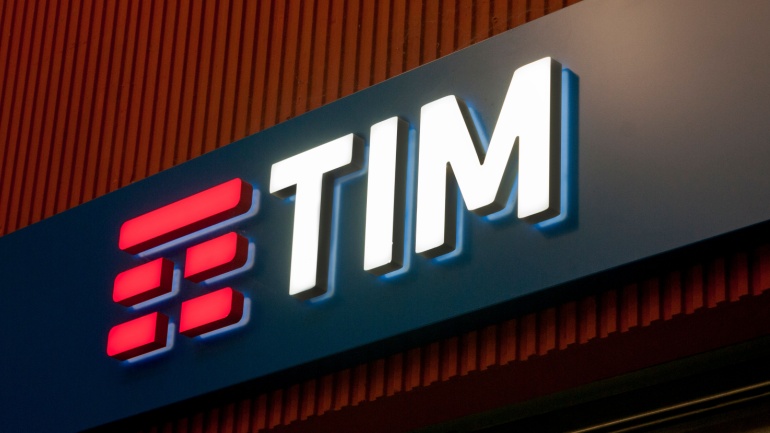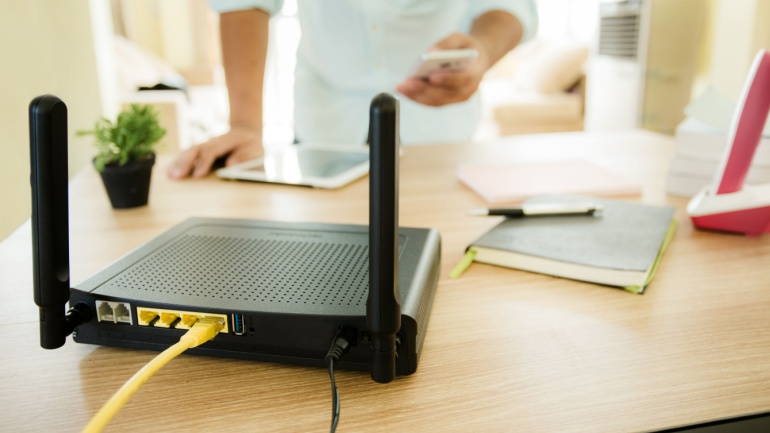SIPPIO, the global leader in voice enablement, has today announced a powerful expansion of its Microsoft Teams Phone service at the Channel Partners Expo in Las Vegas. The new solutions offer advanced reporting, call recording, AI-driven insights, and integrated messaging, elevating the Microsoft Teams Phone experience for businesses worldwide.
Austrian mobile operator, Spusu, underscores its commitment to human-led customer service, asserting the decision as a response to positive customer feedback. Meanwhile, contrasting strategies are evident, as Vodafone pioneers AI-based customer service technology.
In a significant move to ensure the smooth transition of landline services to Voice over Internet Protocol (VoIP), the UK government has announced an expansion in the roster of telecommunications companies committed to safeguarding vulnerable customers. The initiative, led by the Department for Science, Innovation and Technology (DSIT), now includes Openreach, CityFibre, and several others, alongside initial participants like BT and Virgin Media O2.
In a significant move to enhance its channel partnership program, CallTower has announced key promotions within its team, aiming to enrich its cloud-based communications solutions. The company, a global leader in unified communications, contact center, and collaboration solutions, has made strategic changes to ensure sustained growth and excellence in its partnership efforts.
TIM, the Italian telecommunications giant, encountered a significant drop in its share value following the announcement of an expected increase in net debt by over €1 billion due to the sale of its networks division. The company’s strategic initiative, dubbed the Free to Run plan, aimed at reducing debt through the sale, ironically led to a sharp decline in share prices, which plummeted further after the disclosure of financial details on Monday.
Telefónica Tech UK&I has taken a significant step forward in strengthening enterprise cyber defenses in the UK and Ireland with the introduction of its NextDefense Managed Security Services (MSS). This move is aimed at offering businesses advanced protection against the constantly evolving cyber threats.
The lapse of the Federal Communications Commission’s (FCC) authority to auction spectrum has reached a one-year milestone, casting a shadow over the United States’ telecommunications landscape and its position on the global stage. This standstill not only reflects the pervasive partisanship and dysfunction within the US government but also threatens the country’s innovative edge and economic competitiveness.
Singtel, a leading telecommunications company, has unveiled a groundbreaking suite of digital security solutions aimed at combating online fraud. This initiative leverages network Application Programming Interfaces (APIs) to authenticate digital identities efficiently, marking a significant step towards enhancing the security of online transactions.
Dish Network’s financial struggles have intensified, leading to the likelihood of not completing a significant spectrum purchase from T-Mobile US. The satellite TV provider, aspiring to expand into mobile networks, disclosed its precarious financial situation, hinting at potential challenges in continuing operations.
Deutsche Telekom and the satellite company Viasat have recently enhanced in-flight internet connectivity for flights to and from Cyprus by activating three new ground stations. These stations are part of an expansion that strengthens the European Aviation Network (EAN) in the Eastern Mediterranean, bringing the total to 300 ground network antenna sites across Europe.













